When I was young, I hated most vegetables. So when Grammie came to visit, there were issues. Oh, she dished up hot biscuits and gravy, salad, and fresh peas. But then… “Eat your greens,” she’d say. “Then you can have dessert.” Groan. I couldn’t bear the thought of my siblings eating blackberry cobbler and ice cream without me. So when no one was looking, I scooped peas from my plate into the napkin on my lap.
Though Grammie was no scientist, she understood what science has learned over the past 50 years: Eating more fruits and vegetables can reduce your risk of cancer, heart attack, and stroke.
But we’re bombarded with data, studies, experts, testimonials… It’s so confusing!
Fads come and go as quickly as that lettuce in your fridge. One day it’s broccoli, the next spinach. And what about fruit?
Let’s compare apples to avocados. But first, why my interest in a little green called cress?
If you’re looking to switch to a healthier lifestyle, may I suggest Dr. Michael Greger’s Evidence-Based Eating Guide.
North to Alaska!
I live and garden in Kodiak, Alaska, 2,600 miles north of Hawai’i. Living on an island in the north Pacific helps one appreciate where your food comes from. Twice a week, a container ship delivers shoes, tires, bananas, pears, and paper towels. So, I’m grateful for our gardens and farmers’ markets.
Kodiak is where I learned about garden cress. More on that in a second…
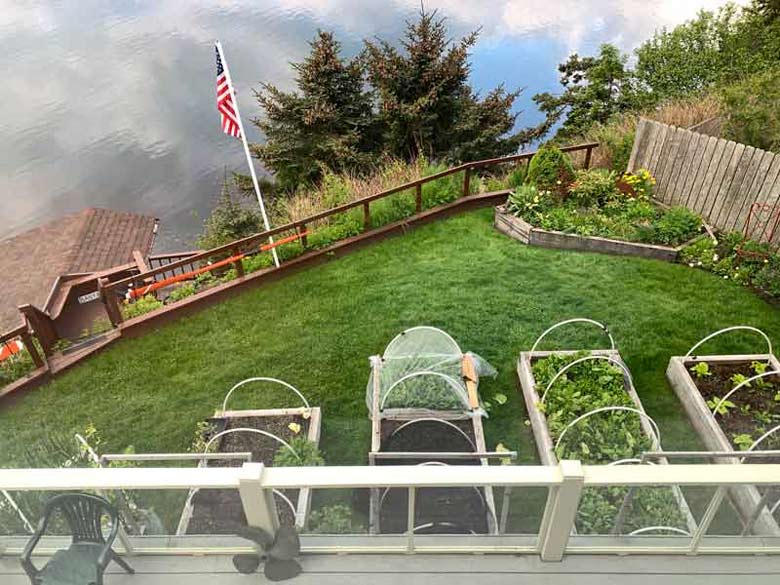
I want to help clear up some confusion about fruits and vegetables. What is healthy and what is… not so much.
Fortunately, researchers at William Paterson University in New Jersey did us a big favor. They created a list of 41 “powerhouse fruits and vegetables,” published by the Centers for Disease and Prevention (CDC). The researchers ranked foods by how much of 17 critical nutrients they contained. Such as fiber, potassium, protein, calcium, folate, vitamins B12, A, and C.
And the envelop, please
Watercress wins with a score of 100, beating out favorites like kale and spinach. When I was interviewed for the Reader’s Digest article, 13 Vegetables That Take the Least Amount of Time to Grow, I listed cress as one of my favorite veggies! (Read on, and I’ll share how to grow it and eat it).
Salad green that will impress.
Mix some lettuce, add some dress.
Stir it up, sit down and fress.
Banish cares and summer stress.
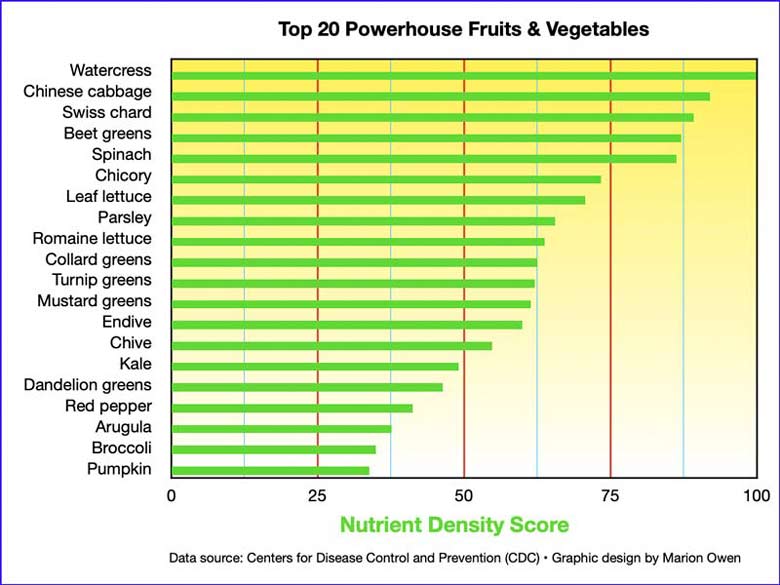
When you look at the chart, you might notice that something is missing. Fruits that you’d think would be powerful, didn’t make that powerhouse list. Raspberries, tangerines, cranberries, and blueberries, for example. (The other two were garlic and onions.)
You might wonder, why not berries? While berries might be phytochemical heroes, apparently they’re wimps when it comes to overall nutrients.
Did you know…?
Watercress is one of the older known leaf vegetables consumed by humans.
Around 1600, English military surgeon, John Woodall, suggested that watercress might cure scurvy. Then, cress fell from a miracle cure to a luncheon plate garnish.
Cress has more vitamin C than an orange, more calcium than milk, and more iron than spinach.
Oh, how the Brits love their cress!
Foodies have re-discovered cress. (Back in the day, my other grandmother served cress sandwiches, though she cut off the crusts). In the United Kingdom, the Alresford Watercress Festival attracts 15,000 visitors. A highlight of the festival is the watercress eating competition where contestants have to eat a specific amount of fresh watercress as quickly as possible. The world record is 32 seconds.
Now that cress is the queen of nutritional charts, kale has fallen from its lofty perch. Cress’ rise from the ashes is like well, an ugly duckling story.
How to include cress in your garden
Mix and match in the garden: I love to plant edibles and flowers together. Examples include lettuce and calendula, lobelia and parsley, and dill and nasturtiums. Cress plays well with others in borders, containers, and even flower arrangements.
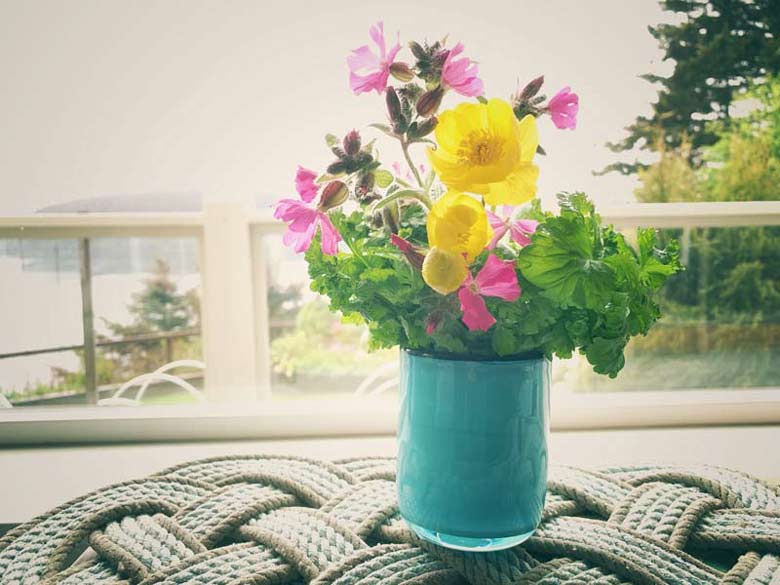
Question for you: What is the greenery in this vase of flowers? Cress!
In the mid-1990s, I discovered my favorite cress: Wrinkled Crinkled Crumpled Cress. (Say THAT after a couple of beers!). I purchase my seeds from Fedco Seeds out of Clinton, Maine.

What I really appreciate about “Wrinkled” cress is its upright, not sprawling, growth habit. Its green, 6 to 8-inch curls makes it easy to cut (got scissors?) for salads, sandwiches, wraps, spring rolls, and pesto. I’ll share the recipe with you shortly.
One thing I need to mention is that “Wrinkled” cress differs from perennial watercress. Perennial cress grows wild along stream banks. (This might explain why cress is one of the few plants that are well-suited for hydroponics). It can be also invasive and some states have banned seed sales.
 The seeds are tiny and the color of ginger snaps. Like most seeds, they are fun to look at up close. Let me share my all-time favorite tool for looking at small things, like seeds and snowflakes. It’s a 10x jeweler’s loupe. (By the way, I get a teensy-weensy commission if you follow this link and buy from Amazon).
The seeds are tiny and the color of ginger snaps. Like most seeds, they are fun to look at up close. Let me share my all-time favorite tool for looking at small things, like seeds and snowflakes. It’s a 10x jeweler’s loupe. (By the way, I get a teensy-weensy commission if you follow this link and buy from Amazon).
How to grow garden cress: It’s sow easy!
Twenty years ago, I sprinkled a line of cress seeds in my Kodiak, Alaska garden. After a few short days, tiny leaves appeared. So quick! I’ve grown cress ever since. And I share my unabashed enthusiasm in workshops and in my weekly garden column. If you want a fast-growing, healthy green, cress is your gal. It’s one of the easiest, trouble-free plants in the garden.
In fact, cress can be grown at any time of year: As sprouts in your kitchen (see below) or as plants in your garden. Here are a few highlights:
- Direct sow in the soil or start indoors for transplanting outside.
- Germination happens within 5 days (65 degrees) to 10-14 days (45 degrees).
- Cress prefers sun but tolerates partial shade.
- Cress is happy as an edging and is quite cozy in containers.
Is it better to harvest greens in the morning or evening?
Research shows that leaf lettuce, red chard, and arugula harvested in the evening had a longer shelf life than when picked in the morning.
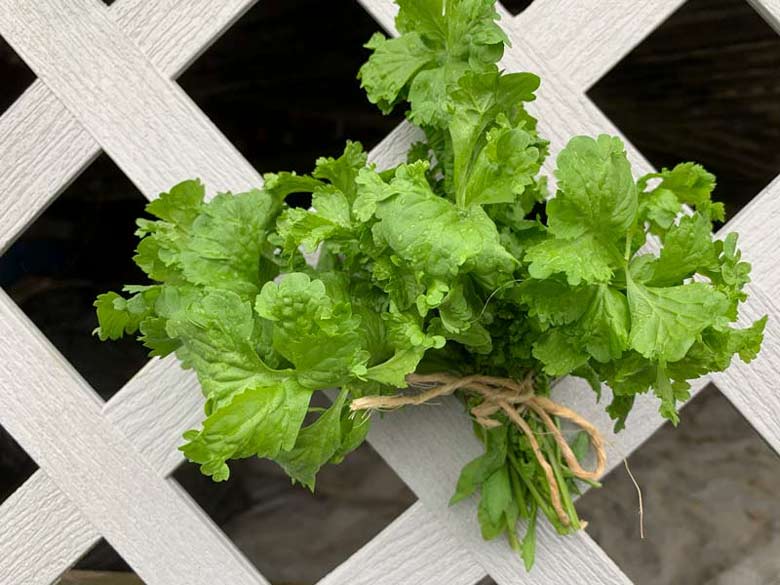
Add zip to your sprouted seeds
Cress sprouts are some of the best micro-greens! Garden cress seeds super easy to sprout, though I prefer to blend with other spicy greens such as in this mix (radish, mustard, turnip, arugula, and cress) from Rainbow Heirloom Seed Co. (Follow instructions for sprouting). And remember, if you are shopping for seeds to sprout (and consume), make sure that you buy organic seeds. This is very important.
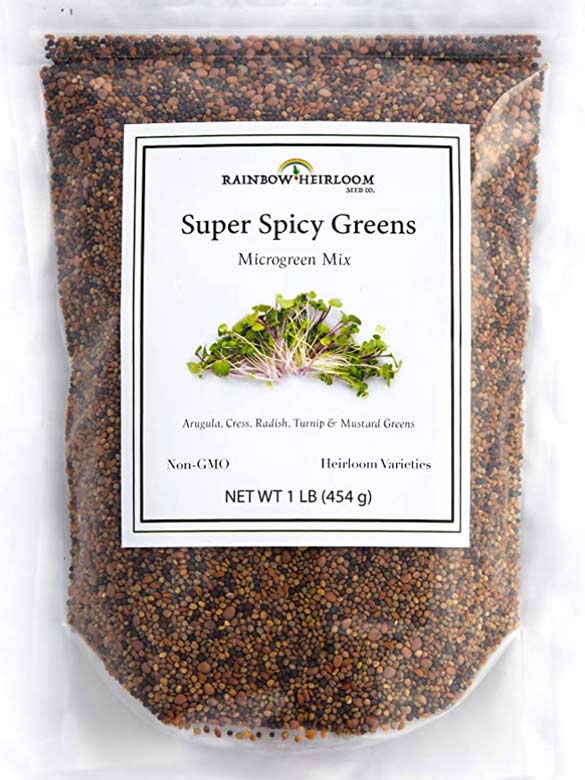
Microgreen seed mix for sprouting. A blend of arugula, cress, radish, turnip, and mustard greens. If you like spice, this blend’s for you. Available through Amazon. (With a little commission for me).
Can you grow cress hydroponically?
Yes. In fact, cress is one of the few plants that are well-suited for hydroponics. Here’s why: Not all cress is created equal. In some regions, watercress is considered a weed. Yet cresses such as “Wrinkled,” differ from perennial watercress which grows wild along stream banks. (NOTE: Perennial cress varieties can be invasive and some states have banned seed sales).
So here’s a short Latin lesson for you: the name, Lepidium sativum, tells us that cress is a member of the family Brassicaceae and is related to mustard, radish, and wasabi— all known for their piquant flavors. And the word “cress” has its roots from old Germanic cresso which means sharp, spicy.
If you like spice, you’ll love cress.
I also share recipes in my newsletter, a casual gathering of monthly missives on photography, food, organic gardening, and free giveaways. Lot sign up, click here.
As promised: My favorite pesto recipe using cress:
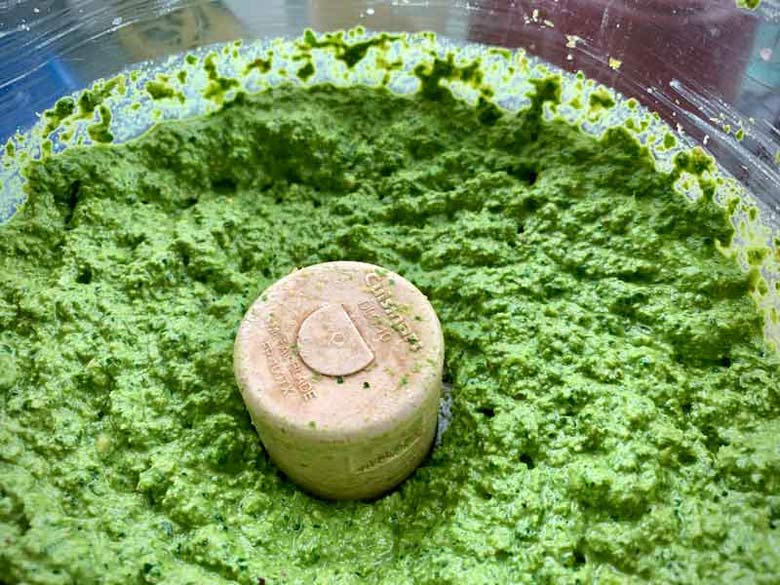 A pesto called cress-to
A pesto called cress-to
Most pesto recipes call for pine nuts, olive oil, and Parmesan cheese. This vegan version is just as good and it is better for you.
4 packed cups of cress
2 to 6 garlic cloves
1/4 cup nutritional yeast (optional but adds a rich, nutty flavor)
1/2 cup lightly toasted walnuts or cashews
1 TBL lemon juice (or to taste)
Salt to taste
Place all ingredients in a food processor and pulse to the consistency you like. Taste and adjust seasoning. Use pesto to jazz up fish, sandwiches, toasted bread, pasta, rice, appetizers, potato salads, and as a base for salad dressings. Store in the fridge or freezer.
When Grammie relocated to the Pacific Northwest, she brought along her passion for gardening and cooking from scratch. A quiet, unhappy alcoholic, she preferred whiskey on the rocks. When I was 11, she committed suicide. But that’s another story.
I’ll never forget Grammie’s biscuit crust as the topping to many a blackberry cobbler. The perfect complement to a giant pot of homegrown pinto beans. That’s another story, too.
Thank you for stopping by.
Cheers and blessings,

P.S. What is your favorite spicy or hot food? Leave me a note below so we can compare.
You might also enjoy my guide to The 20 Best Benefits of Lemon (tips sent in by readers).

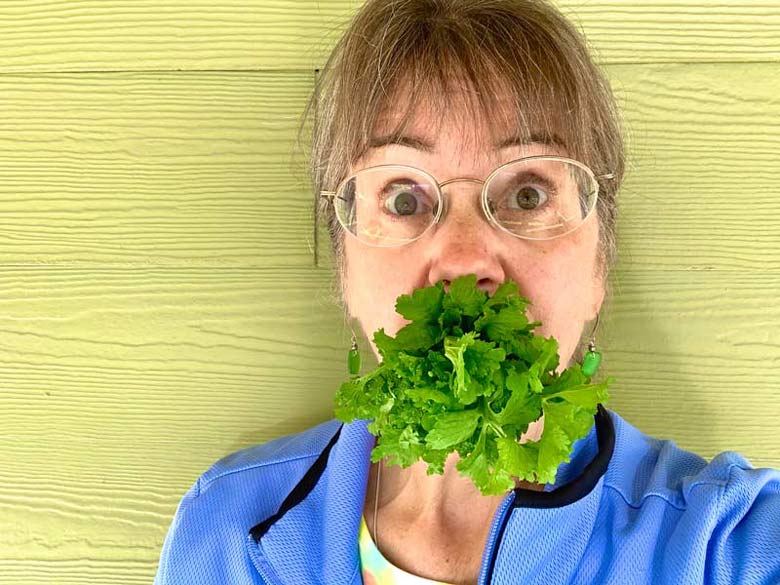

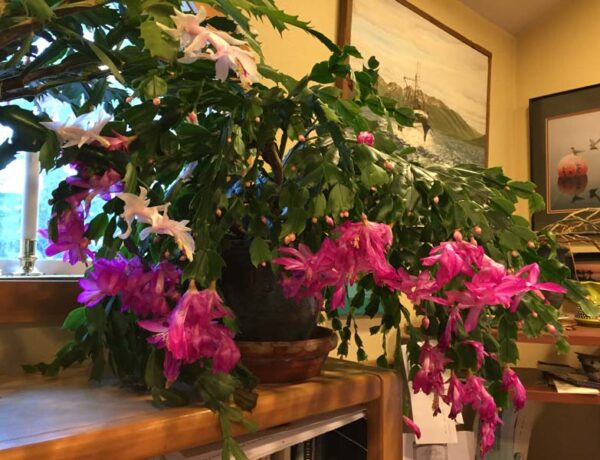
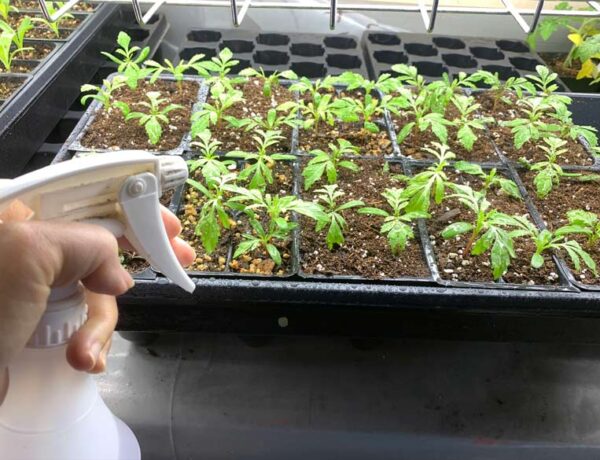
2 Comments
Gary S Blakely
June 23, 2020 at 6:16 PMI love watercress. I just ordered some seeds.
Kathleen Pearson
June 21, 2020 at 1:03 AMMarion, Thank you so much for this! 🙂 I am very surprised by this. I always thought the opposite was true. I’m going to try and grow some in pots as I have no access to outdoor gardening.
Hope you and Marty are well,
Kathleen Pearson